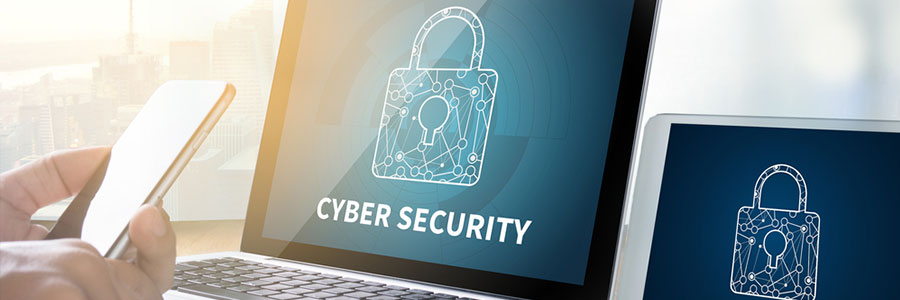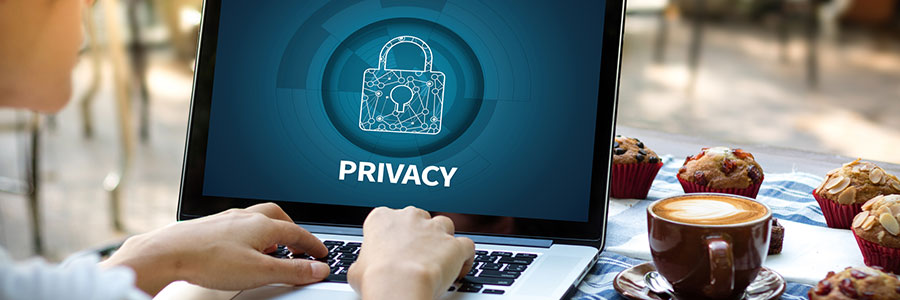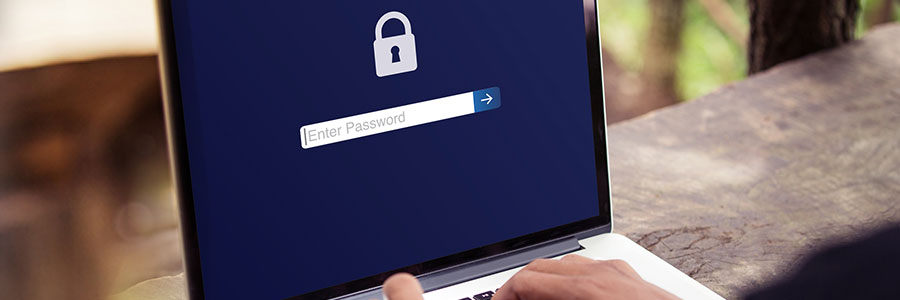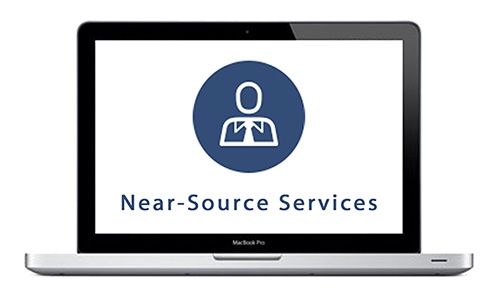The National Institute of Standards and Technology (NIST) created many of the password best practices you probably loathe — using a combination of letters, numbers, and special characters. The NIST now says those guidelines were ill-advised and has changed its stance.
Learn
4 Facts about HIPAA and your IT

Health Insurance Portability and Accountability Act (HIPAA) regulations pertaining to IT have become much clearer over the course of the past few years, but there are still a few areas in which your office might not be compliant. This isn’t necessarily because of negligence on your part, but rather a lack of understanding of the requirements.
Maximize your efficiency with these Outlook tips
Why your business should get SaaS-y
Tips to enhance your website’s look

“Don’t judge a book by its cover,” the cliche goes. But in marketing, looks /do/ matter. Take, for example, your website. It is often the first opportunity to make a good impression on customers and potential customers. You don’t want to squander that opportunity just because your site’s looks aren’t up to par.
Get a faster Windows 10 PC with these tips

Is your computer taking a lot of time to perform tasks it used to finish within seconds? Just because your unit is slowing down doesn’t mean you’ll need to spend hundreds of dollars on a replacement. We’ve compiled four ways to speed up your Windows 10 computer for free:
Prevent programs from launching at startup
Windows makes certain programs readily available by loading them at startup.
Fileless malware: Are you at risk?

Over the past few years, the security industry has witnessed a rapid evolution in attack techniques, including fileless malware. Now, cybercriminals use legitimate tools and services such as existing software, applications, and authorized protocols to carry out malicious activities like unauthorized data retrieval or data damage.
7 Easy ways to prevent data loss in Microsoft 365

Microsoft understands the value of business data and the costly repercussions of losing it. That’s why they’ve released a slew of security and compliance tools for Microsoft 365 subscribers. But given the increasing sophistication and frequency of data breaches, these cloud security solutions aren’t enough to protect your files.
What private browsing can and can’t do

As you surf the web, it’s nearly impossible to keep your internet activity completely private. Certain websites collect personal information for marketing purposes and your browser keeps track of all the websites you visit. That browsing information can also fall into the wrong hands, which is why you should consider using private browsing if you want to keep your online activities to yourself.
Here’s how you can wow website visitors

Much like how we’re turned off by professionals who look disheveled, we leave websites that look ugly and messy. Follow our tips to get your website cleaned up nicely and make it ready to convert customers.
Make a statement with professional photographs
Before site visitors read what’s on your website, they assess it by checking out your images.




